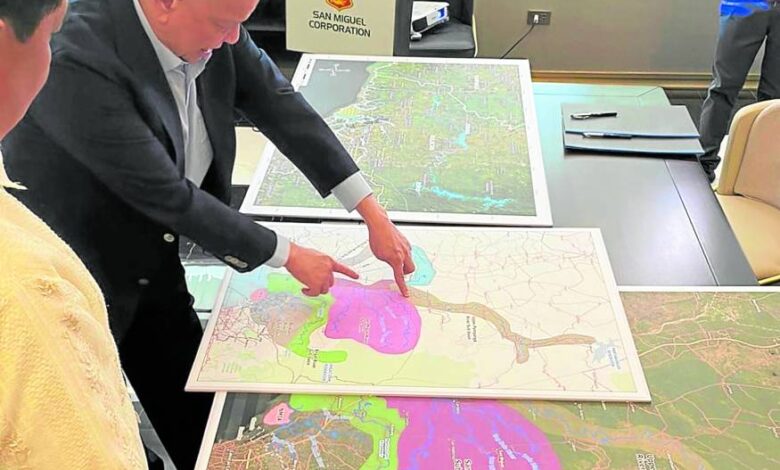
Ramon Ang Flooding Solution: Expensive but Doable
Bulacan and Pampanga residents rejoice! To San Miguel Corporation’s (SMC) Ramon Ang flooding is a solvable problem that we must begin urgently.
The problem of flooding has long plagued the two provinces, causing widespread disruption and damage. This isn’t just a public infrastructure problem, but has deeply affected the lives of residents in these areas. In an ambitious move, the SMC CEO has proposed a project to tackle this age-old issue through massive river dredging and clearing waterways of solid waste.
While Ramon Ang’s other projects have faced criticism from local officials and environmental groups, he remains resolute in his commitment to addressing the flooding problem. In this article, we will explore Ang’s flooding solution proposal and the rationale behind it.
The Problem at Hand
The flooding issues in Bulacan and Pampanga are nothing new. They have persisted over the years, causing devastation to communities and the economy. Local government officials and environmental groups have pointed fingers at SMC, accusing them of exacerbating the situation with their projects. One such project, a highway connecting NCR to the New Manila International Airport, fell under scrutiny. This was due to concerns that it might lead to land reclamation, potentially worsening the flooding.
RELATED – Flood Woes: Metro Manila Needs Better City Planning
No Reclamation
Ang vehemently defended his company’s intentions, stating that they are not reclaiming any new land. Instead, they are working with already titled lands and restoring them to their previous state. His primary objective is to counteract the critical issue of river siltation, which, according to him, is the real culprit behind the floods. To Ramon Ang flooding is not an impossible problem, but actions must begin now.
The Role of River Siltation
Ang’s assertion that river siltation is at the core of the flooding problem is a significant departure from conventional wisdom on the matter. Siltation is the process by which silt, sand, and other sediments accumulate in riverbeds, reducing their capacity to carry water. Over the years, these deposits have made the rivers in Pampanga and Bulacan shallower, making it easier for them to overflow and inundate surrounding areas even with modest amounts of rainfall.
The Ramon Ang flooding solution is an ambitious one. SMC plans to undertake extensive river dredging and clear waterways of solid waste. By deepening the rivers and removing obstructions, they aim to restore the natural flow and capacity of the water bodies. Ang’s commitment to this endeavor is clear when he stated, “Even if it’s not our direct responsibility, we will do it. We will spend for it. It’s for our country.”
In the public sector, no less than President Bongbong Marcos himself has ordered the DPWH to solve flooding in the region.
Implications and Benefits
Ramon Ang’s flooding solution holds great promise for Bulacan and Pampanga. By addressing the siltation of rivers, his project could significantly reduce the risks of inundation, safeguarding communities and infrastructure. Moreover, this initiative aligns with broader environmental goals, as the removal of solid waste from waterways can enhance the overall health of vital ecosystems.
At the end of the day, Ang’s commitment to addressing the decades-long flooding crisis in Central Luzon is commendable. As long as the science checks out, it’s a worthy endeavor.
Despite criticisms and doubts, Ang’s resolve to tackle the problem at its source is a significant step towards achieving a more flood-resilient future. That future isn’t just for Bulacan and Pampanga. Metro Manila will surely benefit. Even nearby provinces will benefit, too.
As SMC embarks on this ambitious flood control project, we hope their efforts positively impact the lives of the people in these flood-prone areas and set a precedent for sustainable and proactive flood mitigation strategies.




